5 New Year’s resolutions every dental hygienist should make
From eating healthier to establishing a workout routine, the new year is the perfect time to set goals for yourself.
As the ball drops at midnight and the off-key vocals of “Auld Lang Syne” bid farewell to a fabulous 2017, we enter a time of reflection. Did we lose the weight, travel more, begin journaling, call home more often, or snowball our debt? What successes did 2017 bring us? What are we glad to leave behind as we enter a new year?
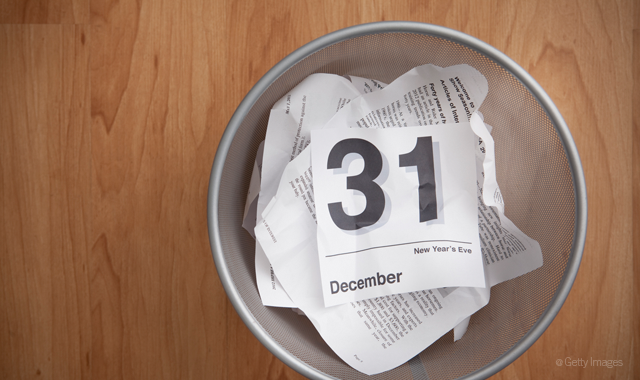
We also enter a time of new growth, new challenges and new opportunities. For dental hygienists, a new year means renewed insurance benefits for our patients, new CDT codes to research and new production goals for the office. It also means new continuing education opportunities, new families of patients to meet, and new standards in legislation and research to redefine our industry.
Trending article: What 2018 means for insurance coding
As we iron our scrubs and shine our loupes in preparation for the new year, it is important that we reflect on the ways in which we can continue to improve as people and as providers for our patients and colleagues. Sadly, with great excitement for pledging to a New Year’s resolution comes the all-too-common failure to commit beyond the first month of a new year. The following resolutions, however, are twists on common New Year’s resolutions that we, as dental hygienists, can apply to both our personal lives as well as our professional practice.
Click through the slides to read the resolutions.

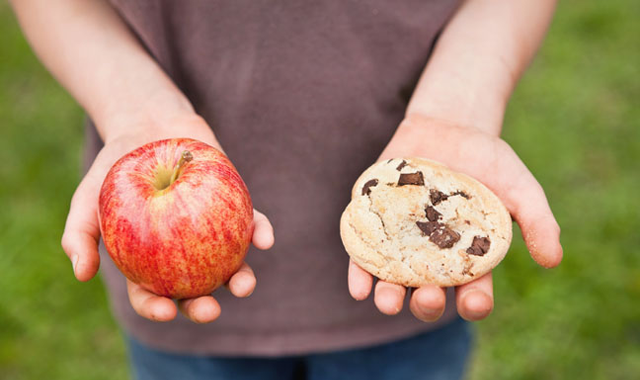
What the Health? | Resolution: Eat Better
When most people reflect on ways to improve their personal eating habits, many resolve to eat fewer calories, consider eating smaller meals, or make an effort to begin meal prepping for their week. As hygienists, we simply want to avoid having our stomachs project the mating call of a beluga whale into the unsuspecting ears of our beloved patients all day.
An important start to your full day of “P-I-T-A” patients begins with breakfast, which literally translates to breaking the fast you experience during sleeping hours. Food items such as oatmeal and sausage are rich in fiber and protein and will keep you sufficiently full during your busy mornings. Healthy carbohydrates like vegetables, legumes, seeds, lentils and quinoa will help boost your energy during the mid-morning “How many more patients until lunch?” blues.
Read more: The top 10 foods for healthy teeth and gums
Was lunch mentioned? Because most hygienists know that lunch is a block in the Dentrix schedule but is rarely experienced it in its entire glory. Being prepared with quick, on-the-go meals for lunch will help you recharge during the seven minutes you actually get in the middle of your day. Quick foods like hard boiled eggs, Greek yogurt, fruits, deli meats, hummus and green tea, for example, will provide you with the sustenance and energy to rock the rest of your day.
It is always helpful to carry quick snacks to munch on throughout the day such as nuts, fruit leather, berries, tomato juice and granola. Many researchers believe that improving your metabolism begins with using the right food as fuel combined with frequent intake. Finally, don’t forget to pop a xylitol mint in between snackings to reduce your caries risk. Let’s start practicing what we preach.


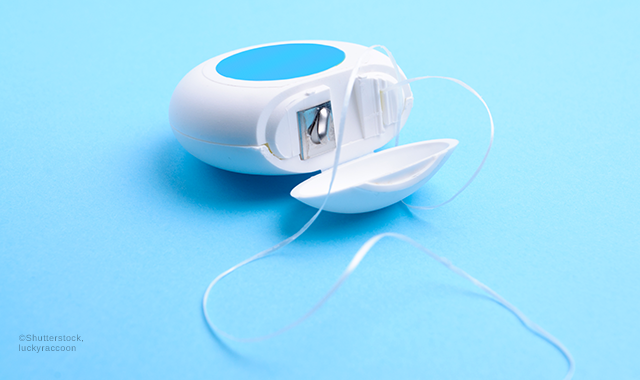
The “F” Word | Resolution: Floss More
Or should we?
As hygienists, we desperately hope that our patients are considering new home care techniques as part of their New Year’s resolutions. We share frustrations with our patients who wince as we reach to remove the moderate calculus from their bleeding sulcus while Gingivitis-Gina promises she’ll “do better” after this cleaning. Fast forward six months and my sickle and I are experiencing deja vu as I ask about the “F” word in between wiping my bloody instrument on a 2x2.
So, let me provide you with some insight.
Related article: Parroting the flossing message
Just like Britney’s breakdown in 2007, all of us can recall exactly what we were doing the day the Associated Press1 article on the “questionable” benefits of flossing was published. I was faculty with a dental hygiene program at the time and had to conduct a private “talk about our feelings” meeting with my students. I was prepared to bring in boxes of Kleenex and a counselor, as my students were devastated. In between sighs of shock and strain, we began to break down the article word by word. What we discovered was shocking.
The article claims that aggressive flossing poses a trauma concern; we have all seen Stillman’s clefting noting evidence of “snapping” the floss when our patients are cramming six months of flossing into the night before their dental appointment. However, how many of us take the time to hand our patients a mirror or typodont and utilize the tell-show-do technique to demonstrate proper flossing adaptations with our patients?
The article questions the American Dental Association’s website, which states “Flossing is an essential part of taking care of your teeth and gums.” However, every dental hygiene student in the country is taught that flossing is only indicated for patients with existing excellence in home care, minimal inflammation and closed embrasure spaces. The remaining (estimated) 99 percent of patients who do not have excellent home care and/or have gingival inflammation and/or attachment loss, according to dental hygiene curriculum, are not candidates for the good ol’ G(ingivitis) string. Moreover, recommendations for alternative interdental aids such as a floss holder, Proxabrush or tufted floss are better suited for plaque removal and reduction of inflammation.
From one flossy hygienist to another: Let’s start making appropriate recommendations based on our patients’ needs. Step away from the floss!


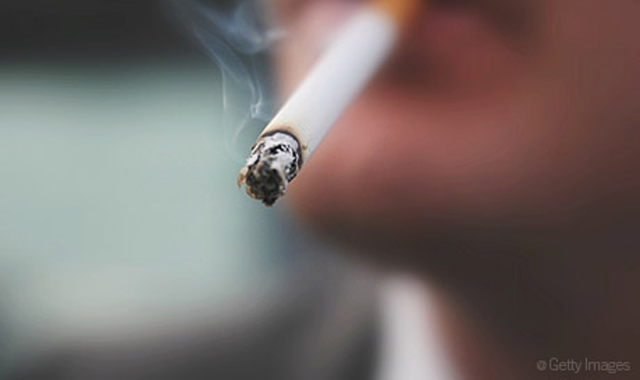
No Butts or Excuses! | Resolution: Quit Smoking
While most of us are not tobacco users, one simply cannot discuss New Year’s resolutions without discussing perhaps one of the most popular of resolutions. According to the U.S. Centers for Disease Control and Prevention2, approximately 46 million Americans smoke currently. As hygienists, we see (and smell) these patients in our office on a daily basis and are highly educated on the significant ramifications of a tobacco habit.
Trending research: Study finds smoking dangerously alters oral microbiome
Despite the training received during dental hygiene school and through continuing education efforts, a recent pilot study3 noted an astonishing 6 percent of dental hygienists routinely ask, assist and arrange tobacco cessation counseling sessions with their patients. Ladies and gentle hygienists, that means 94 percent of us do not routinely engage in tobacco cessation counseling with our at-risk patients.
While we understand the devastating risks of periodontal disease, cardiovascular disease, pulmonary disorders, vascular disease, hypertension, and cancers of the mouth and esophagus, to name a few, most hygienists noted that the lack of brochures regarding tobacco cessation in the office was the main barrier to not providing cessation counseling. The CDC reports a significant 70 percent of our current tobacco users wish to quit and value our training and abilities to assist them on their quitting journey. So, let’s resolve to get more pamphlets in the office, take some CE coursework on how to support our tobacco-using patients, and join the growing 6 percent of our brave colleagues who fight the good fight against tobacco every day.


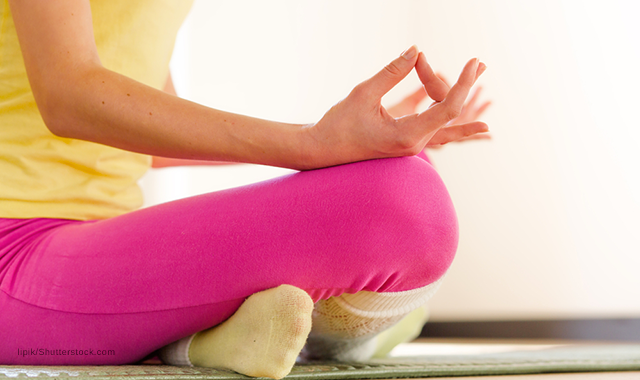
Do You Even Lift, Bro? | Resolution: Go to the Gym
A recent study4 found that nearly 40 percent of dental hygiene students meet specific criteria for burnout. How many of you just rolled your eyes? These are students who are still excited to wear “live life to the maxillary” shirts and bedazzle “RDH” on their graduation caps. They haven’t been given a daily goal, worked through their lunch or attempted a heavy SRP with scalers that would be better served as spoons. How are they already experiencing hygiene burnout?!
The most common factors associated with initial burnout were musculoskeletal pain, lack of leisure time and lack of a healthy lifestyle. Let’s add on years of patients who refuse to swallow their own saliva while in your chair, the perpetually late patients and, our favorite, the patients who refuse all of our professional recommendations. It is clear why so many of us truly feel the weight of the hygiene world on our ergonomically-weak shoulders.
Read more: 8 things dental professionals need to know about exercise
I implore you, in this new year, to wipe down your room, drop those instruments in the autoclave and put on some gym clothes. Make a commitment to yourself and the vitality of your career by taking the time to establish a workout routine that will keep you strong and motivated.
Just like quitting smoking, the body experiences incredible effects of routine exercise. Continuous exercise releases endogenous endorphins, which are similar in structure to that of morphine. Endorphins are responsible for “runner’s high” as they interact with our brain and trigger a positive feeling of euphoria in the body. Core exercises provided by Pilates and yoga train the muscles in your pelvis, lower back, hips and abdomen to work in harmony, providing improved posture especially during patient care. High-intensity cardio training provided by HIIT, OrangeTheory Fitness and Jazzercise burn fat and calories rapidly, improve aerobic capacity and increase metabolism.
And, perhaps the best benefit to routine exercise is looking fabulous in that bikini (or speedo)!



Profit with Nonprofits | Resolution: Volunteer
We all recall the glorious day we crossed the stage in our caps and gowns, looking forward to a career without instructor checks or exams, and the incredible moment when we stood with our colleagues to receive our dental hygiene pin. However, many of us forgot the depth or beauty of the words we recited during the taking of the Dental Hygiene Oath during our pinning ceremony. As young professionals embarking on our new careers, we vowed to “affirm (our) personal and professional commitment to improve the oral health of the public, to advance the art and science of dental hygiene, and to promote high standards of quality care”5. With the conferment of our degrees and a toss of our graduation caps, many of us left pieces of our oath’s values on the graduation stage.
As professional hygienists, these promises wave in the wind as obstacles such as insurance benefits, production goals or “that’s just how we do it in this office” comments force us to question our commitments to the values of service, advancement and quality care. In addition, lack of gratuity amongt difficult patients, poor organization of work and need for peer group contacts greatly weigh on increasing dental hygiene burnout.4
To put it frankly, dental hygienists are highly trained professionals with an incredible sense of empathy, responsibility, and passion for generosity and serving others, and the pressures of private practice often leave our love tanks empty.
Related reading: The importance of joining a dental mission trip
The incredible ability to contribute your time and skills to make a difference in your community or travel to provide access to care for a remote community is abundant. Local opportunities such as Give Kids a Smile or Missions of Mercy allow the benevolent dental hygienist to give of their technical skills in a unique way. Global and overseas programs allow the philanthropic dental hygienist the opportunity to experience new cultures while traveling to underserved communities beyond the U.S. border. The ADA posts volunteer opportunities on its website, as does the ADHA on its website, and many other organizations post opportunities through various websites.
Not one for spending your weekends holding in teeth to scale whilst sweating in a remote hut? Consider becoming a mentor. Many young dental hygiene students and/or graduates need the supportive relationship of a mentor who can provide guidance during important moments in their careers.
If dentistry burns you out completely during the week, consider supporting a cause near and dear to your heart by volunteering with the local senior assisted living home, walking dogs at the humane society, or working with your local Girl Scouts or Boy Scouts chapters. Our ability as dental professionals - but more importantly as humans - to donate our time allows us to make a difference, create a better world and leave a long-lasting impact within our community.


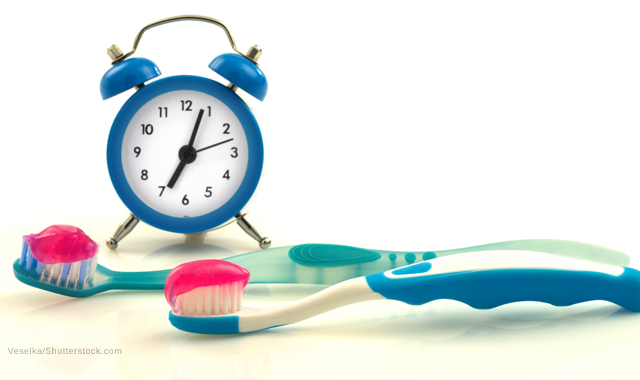
Conclusion
With a new year comes incredible opportunity to make lasting changes that will improve the way you feel in the operatory, but most importantly, change how you feel as a person. As Maslow taught us in his Hierarchy of Needs6, we simply cannot take care of others until our own personal needs are met. By making a commitment to improving one or more areas of your life, you are able to continue to serve your patients and community in a profound way. So, refill that champagne glass, kiss your beloved ones at midnight, and sip that bubbly as we cheers to a new year and a new start in 2018.
References
1. Donn, J. Medical benefits of dental floss unproven 2016. https://apnews.com/f7e66079d9ba4b4985d7af350619a9e3. Accessed December 12, 2017.
2. U.S. Centers for Disease Control and Prevention. The health consequences of smoking – 50 years of progress: a report of the Surgeon General. Rockville, MD: U.S. Department of Health and Human Services, Office of the Surgeon General 2014. Accessed December 19, 2017.
3. Monson AL, Engeswich LM. Promotion of Tobacco Cessation Through Dental Hygiene Education: A Pilot Study. Journal of Dental Education 2005; 69(8): 901-911.
4. Deeb GR, Braun S, Carrico C, Kinser P, Laskin D, Golob Deeb J. Burnout, depression and suicidal ideation in dental and dental hygiene students. Eur J Dent Educ. 2017 Feb 27. Doi: 10.1111/eje.12259.
5. Dental Hygiene Oath. Florida Dental Hygiene Association. http://www.nefdha.org/florida-dental-hygiene-association. Accessed December 19, 2017.
6. Maslow’s Hierarchy of Needs. Simply Psychology. https://www.simplypsychology.org/maslow.html. Accessed December 19, 2017.
